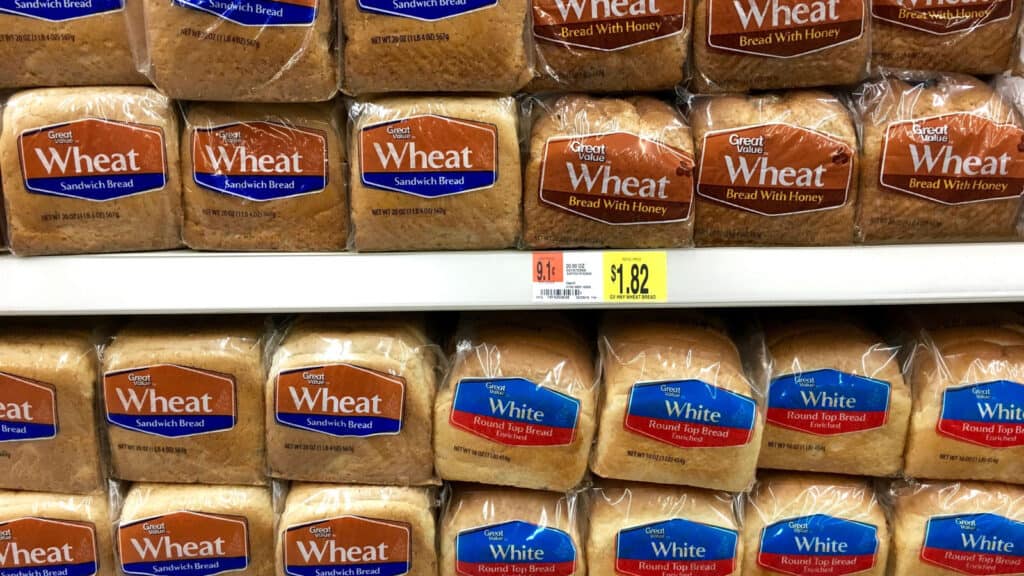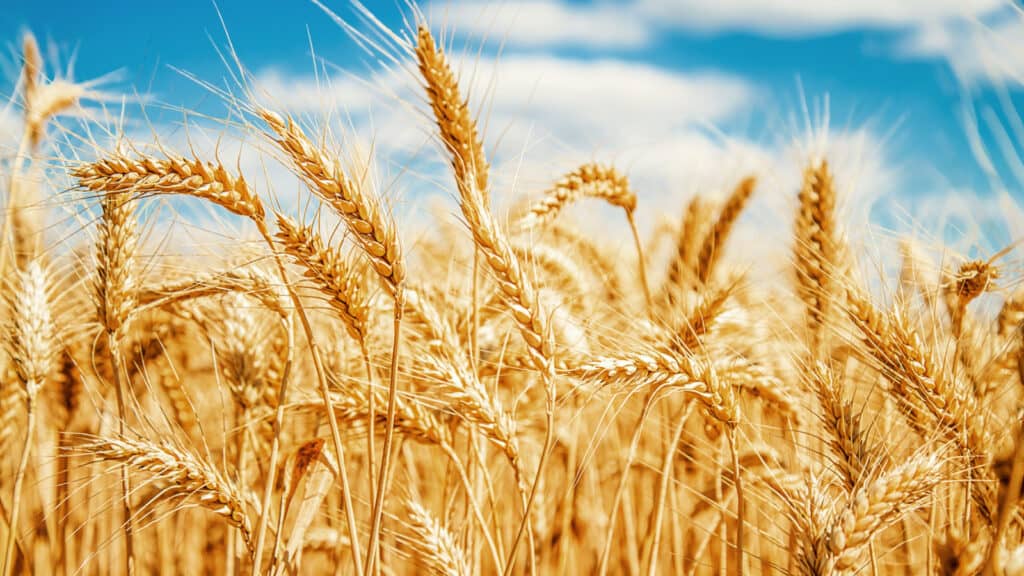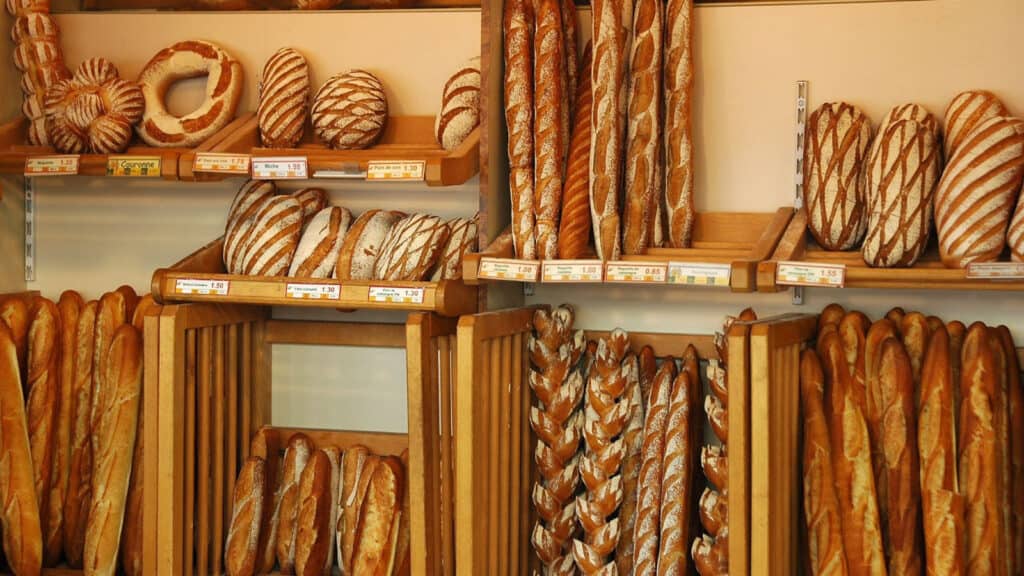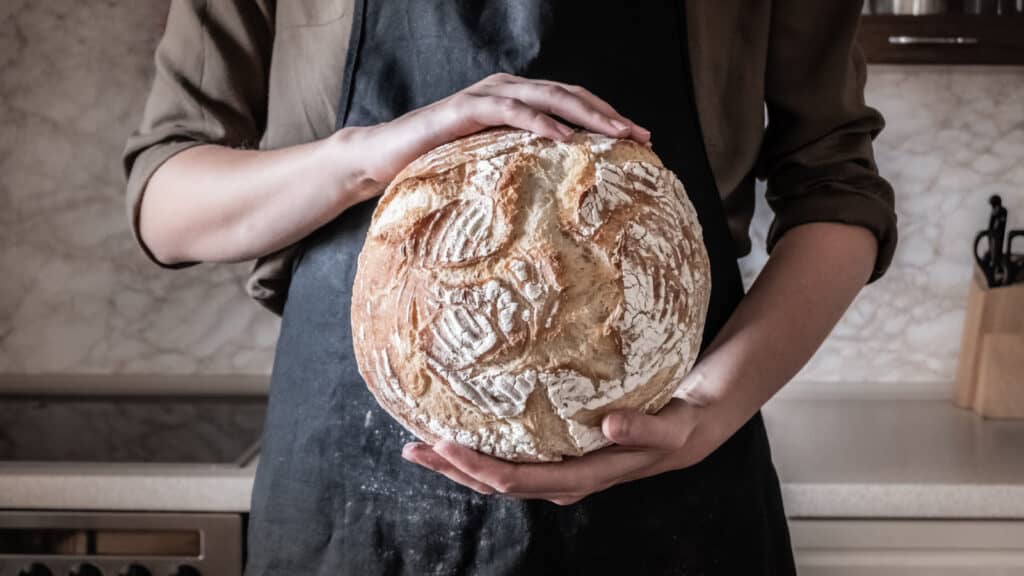This Is Why You Can Eat Bread In Europe Without Bloating But Cannot In The United States
This article is mostly geared towards those of us who are sensitive to gluten. Not celiac disease, but those who have gluten intolerance. Have you ever traveled in Europe and had an experience where bread did not trigger your digestive upset as much as it does in the United States? There are some reasons for this, which this article discusses.
Non-Celiac Gluten Sensitivity (NCGS)

The phenomenon of Non-Celiac Gluten Sensitivity (NCGS) has garnered attention within the medical community and with lay people alike. Unlike celiac disease, NCGS does not involve an autoimmune response, but rather manifests as varied gastrointestinal symptoms and other systemic reactions upon gluten consumption. The definition of NCGS was solidified in 2011, emphasizing its distinction from both allergies and autoimmune conditions.
Symptoms Vary

Individuals with NCGS may experience a spectrum of symptoms, ranging from abdominal discomfort, bloating, and irregular bowel movements to headaches, fatigue, and cognitive fog. These manifestations typically surface within hours to days following gluten ingestion, presenting a challenge for diagnosis and management.
The Bread Dilemma: U.S. vs. European Perspectives

Central to the discussion is the composition of wheat used in bread production. In the United States, prevalent wheat strains, primarily hard wheat, boast high protein (gluten) content, potentially exacerbating symptoms in NCGS individuals. Conversely, European counterparts favor soft wheat varieties, characterized by lower protein and gluten levels, offering a more digestible alternative.
Exploring GMOs and Agricultural Practices

According to the National Wheat Foundation, “there is no genetically modified wheat currently commercialized anywhere in the world.” In addition, GMOs are not related to gluten, or gluten sensitivity.However, disparities in agricultural practices, including pesticide and herbicide usage, may influence the wheat’s composition and subsequent digestive response.
Analyzing Bread Production Techniques

The process of breadmaking differs significantly between the U.S. and Europe, particularly concerning additives and preservatives. While American bread often contains a myriad of chemicals to enhance shelf life and texture, European counterparts prioritize artisanal methods, utilizing minimal additives and embracing lengthy fermentation processes. This distinction not only preserves the integrity of wheat, but also facilitates better digestion.
Beyond Gluten: Let’s Look at Fructans

Fermentable oligosaccharides, disaccharides, monosaccharides, and polyols (FODMAPs) encompass a group of carbohydrates known to trigger gastrointestinal symptoms. Wheat contains fructans, a type of oligosaccharide implicated in FODMAP intolerance, potentially overshadowing gluten’s role in NCGS. This is good news! You might be able to tolerate wheat breads after all.
The Role of FODMAPs

Many people, me included, believe they have a gluten intolerance, only to find out that is not the whole story. I ate gluten-free for over 25 years at a doctor’s suggestion. After working with a gastroenterologist and Registered Dietitian, and following the low FODMAP diet, I was able to identify that it was the fructans all along.
Sourdough Bread to the Rescue?

Sourdough bread made with wheat flour goes through a fermentation process, during which the fructans are consumed. The resulting sourdough bread still contains wheat and gluten, but it is lower in FODMAPs. Many people find that they can digest this type of bread.
Much more information is in this article, How To Choose Lo FODMAP Bread.
It’s Also How You Eat

European dining habits differ from those in America, with Europeans favoring leisurely meals over quick, on-the-go eating. This relaxed approach, along with lower stress levels and more physical activity, likely contributes to Europeans’ better digestive health compared to Americans.
Navigating Digestive Sensitivity

If you have experienced digestive upset when eating wheat-based breads, particularly in the United States, and have had a very different experience in Europe, there could be known reasons for the disparity. Different types of wheat, agricultural practices, cultural eating differences, and other reasons such as understanding the difference between FODMAP intolerance and gluten intolerance, can all contribute.
Understanding these factors and adjusting diets accordingly can potentially help you enjoy bread without fewer digestive issues.
Late-Night Snacking: Harmless Habit Or Hidden Health Risk?

We love to snack at night, meaning between dinner and bed – and we are not alone. It can become a habit as a means of comfort after a tiring day. However, establishing a routine of late-night snacking can lead to unintended health consequences. That said, there are snacks that are better, and those that are worse. This article looks at the associated health issues of nighttime snacking, why you might want to curb this pattern, and what foods would be better to consume at a late hour. Read: Late-Night Snacking: Harmless Habit Or Hidden Health Risk?
Join Us

Join us on this empowering journey as we explore, celebrate, and elevate “her story.” The Queen Zone is not just a platform; it’s a community where women from all walks of life can come together, share their experiences, and inspire one another. Welcome to a space where the female experience takes center stage. Sign up for our newsletter so you don’t miss a thing, Queen!







